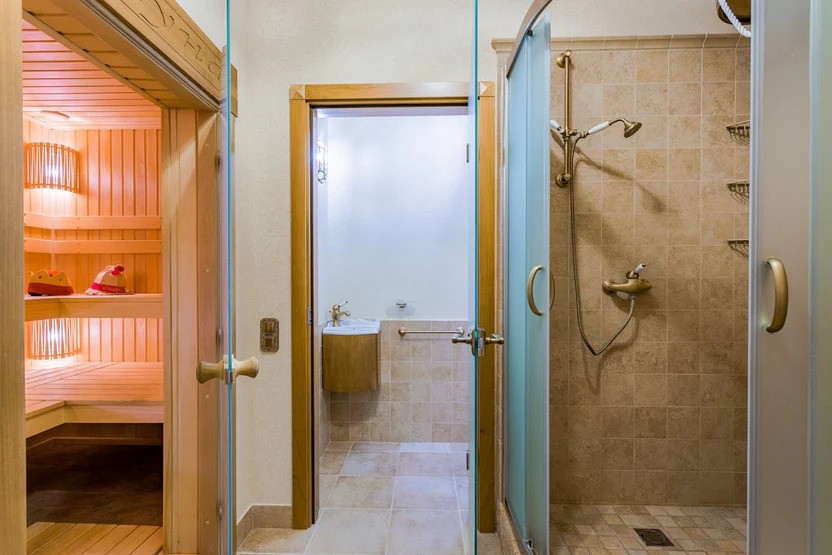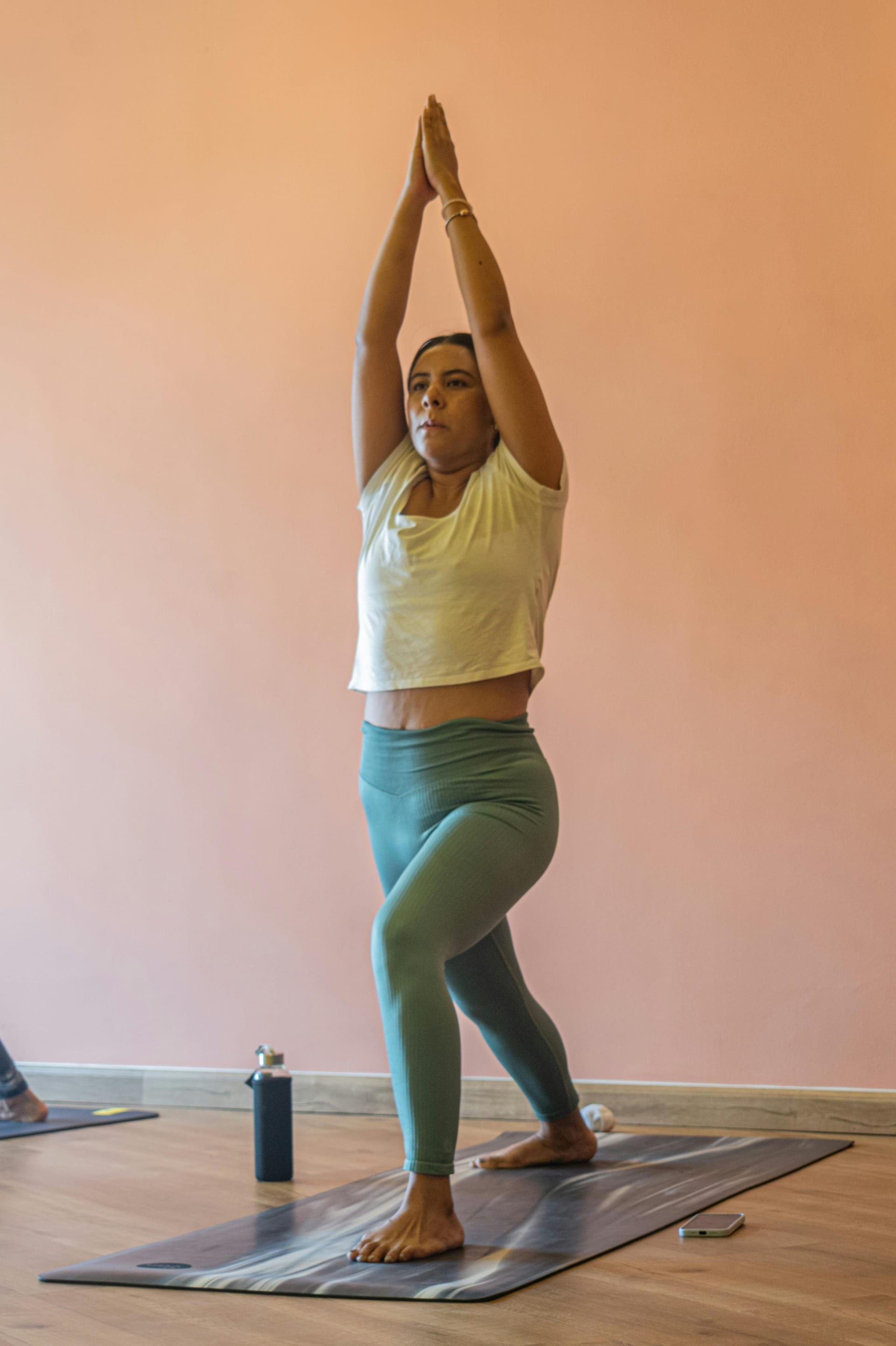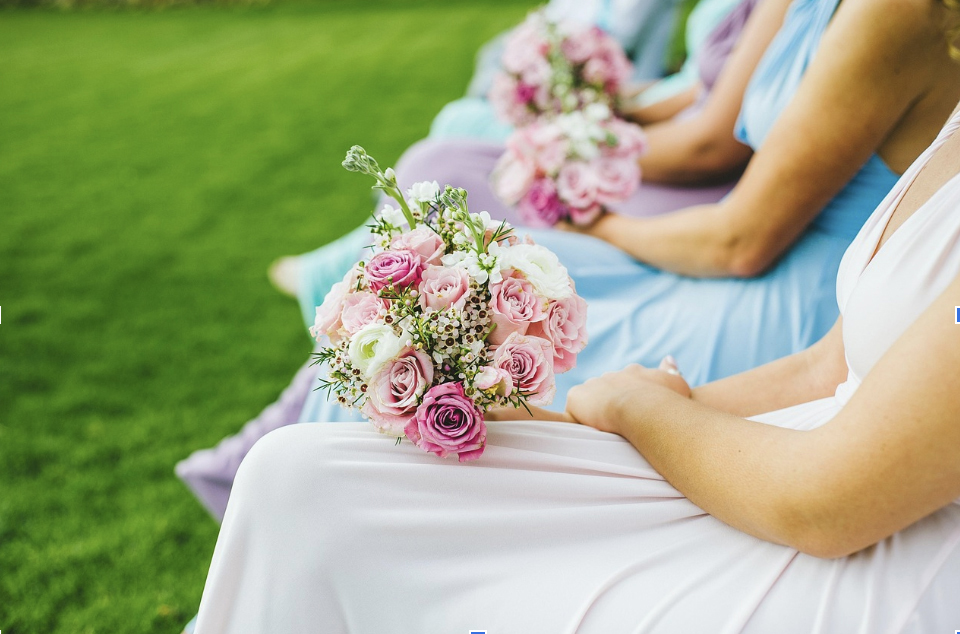Life gets busy and stressful, but your home should be the one place where you can truly relax. Turning your space into a peaceful sanctuary doesn’t have to be hard. With a few simple changes, you can create calm, comfort, and balance. Let’s explore easy ways to make your home feel like your favorite retreat.
Key Takeaways
- Create a peaceful atmosphere with soft lighting and calming colors like blues and greens.
- Incorporate nature into your space with plants, natural elements, and soothing water features.
- Set up a cozy seating area with soft fabrics for ultimate comfort and relaxation.
- Use aromatherapy and relaxing sounds to enhance the peaceful ambiance of your home.
- Keep your space clutter-free and personalize it with meaningful yet minimal decor for a serene sanctuary.
How to Turn Your Home into a Relaxation Sanctuary
Create a Calming Atmosphere with Soft Lighting
Creating a calming atmosphere with soft lighting can significantly improve your well-being. According to recent research, light, or more specifically optical radiation, has several roles beyond helping with vision. It regulates circadian rhythms, affects skin exposure, and has indirect impacts on mental health. Studies show that exposure to certain types of light can help reduce stress, improve mood, and even aid in the treatment of psychiatric conditions like anxiety and depression. The right lighting can enhance your home's calming vibe and help regulate your body’s natural rhythms, making it the perfect addition to your relaxation sanctuary. In relation to human health and functioning, light plays many roles, including its impact on mental health, supporting its clinical use for the treatment of psychiatric conditions such as depression or anxiety.
Choose the Right Color Palette for Relaxation
Colors can deeply affect how we feel. Soft blues and greens are perfect for creating a relaxing environment, as they evoke calm and tranquility. When choosing colors, focus on lighter shades of blue, green, or beige, which promote a peaceful vibe. Avoid bright, overwhelming colors like red or orange that can increase stress. You can balance calming tones with a few vibrant accents, like soft pillows or artwork. A gentle color palette throughout your home makes it feel more inviting and reduces tension, helping you to feel at ease in any space.
Integrate Nature with Indoor Plants and Natural Elements
Incorporating indoor plants into your space is not just about aesthetics; it can significantly impact your well-being. Research shows that actively interacting with plants can reduce both physiological and psychological stress. For example, one study found that engaging with indoor plants helped suppress sympathetic nervous system activity and lower diastolic blood pressure. This interaction promotes a sense of calm and comfort, making you feel more soothed and natural. In fact, simply being around plants can create an environment where stress is reduced, and feelings of relaxation are encouraged. Adding greenery to your home not only beautifies the space but also enhances your health by promoting a serene and balanced atmosphere.
Set Up a Comfortable and Inviting Seating Area
A comfortable seating area is essential for relaxation. Look for furniture with soft cushions, such as armchairs or couches, where you can unwind. For a cozy space, add throw blankets and pillows in soft fabrics like cotton or fleece. The key is to create a welcoming environment where you can relax, read, or nap without distractions. Soft textures and furniture arranged to foster comfort are the foundation of a calming space.
Utilize Aromatherapy for Stress Relief and Mood Enhancement
Aromatherapy can be a powerful tool for creating a relaxing environment. Essential oils like lavender, chamomile, and eucalyptus are known for their calming effects. You can diffuse these oils with a diffuser or add them to a warm bath. Scent plays a significant role in relaxation, as certain fragrances can reduce stress and enhance mood. Pairing soothing scents with relaxing music or soft lighting amplifies the peaceful ambiance. Combining color psychology with aromatherapy—such as using soft blues with lavender oil—can also help you create a holistic, calming environment.
Build a Tranquil Soundscape with Relaxing Music or White Noise
Sound plays an important role in relaxation. Soft, instrumental music or nature sounds can help create a peaceful atmosphere in your home. White noise machines are perfect for drowning out background distractions, while calming music can help you unwind after a long day. To build a soundscape, choose sounds like ocean waves or rain for a soothing effect. When creating a playlist, mix gentle music and natural sounds for variety. Keep the volume low to maintain a tranquil atmosphere. A calming sound environment can help reduce stress and promote relaxation.
Declutter Your Space for a Peaceful Environment
A clutter-free space can help reduce stress and promote relaxation. Start by organizing items you don’t use often and keeping only essentials visible. This will make your home feel more spacious and serene. Decluttering is more than just tidying up; it’s about creating an environment where you can focus on relaxation without distractions. Set a regular schedule for tidying up, so your home stays organized. Removing unnecessary items and maintaining cleanliness is a simple but effective way to foster a calm and peaceful home.
Incorporate a Zen-Inspired Meditation or Yoga Space
To create a Zen-inspired space, focus on minimalism and natural elements. Use neutral colors like beige or light gray to promote relaxation. Keep the space uncluttered, with just a yoga mat and a few calming elements, such as a small plant or candles. Lighting should be soft and indirect, creating a peaceful atmosphere perfect for meditation. Avoid heavy or bulky furniture that can disrupt the flow of the space. This simple, serene environment will help you focus and relax during yoga or meditation, providing a retreat for both your mind and body.
Create a Cozy Reading Nook for Mental Escape
A reading nook can be your personal sanctuary. To make it cozy, choose a comfortable chair or cushion, add soft lighting, and keep it secluded from the rest of the home. Your nook should be filled with calming colors, soft textiles, and a few favorite books. Surround the space with soft blankets and pillows to enhance comfort. A cozy reading nook provides a quiet escape where you can unwind and disconnect from the outside world. It’s the perfect space for a peaceful retreat to recharge and enjoy some alone time.
Use Soft Fabrics and Textures for Maximum Comfort
Soft fabrics and textures instantly make a home feel more inviting. Luxurious materials like velvet, cotton, and linen bring comfort and warmth to your space. Soft fabrics are essential for creating a relaxing atmosphere, whether on your couch, bedding, or even in the bathroom. The texture of fabrics, such as fuzzy throws or plush rugs, adds another layer of comfort. In a spa-like bathroom, towels and bathrobes made of soft cotton can elevate the experience. Mixing and matching different textures creates a multi-sensory experience, enhancing the overall comfort of your home.
Add a Water Feature to Promote Calmness and Serenity
Water features like fountains or small ponds bring a sense of tranquility to your home. The sound of flowing water is known for its calming effects and can help reduce stress and anxiety. Adding a water feature creates a soothing background sound, which can be particularly helpful in a meditation or relaxation space. The gentle flow of water also promotes a sense of harmony and balance in the home. Whether you add a tabletop fountain or a larger feature, the sound and movement of water will contribute to a spa-like, serene atmosphere.
Optimize Your Space with the Ideal Size for Comfort and Relaxation
The size of your space plays a big role in how comfortable it feels. For a relaxing living room, opt for furniture that fits the space well without overcrowding. In a smaller room, choose pieces that are proportionate and multifunctional. For a meditation or yoga space, the ideal room size is one that allows for enough movement without feeling cramped. Similarly, when considering sauna sizes, it's important to choose one that fits the space comfortably and doesn’t overwhelm the room. If you’re working with a smaller room, use light colors and mirrors to make it feel more open. The right dimensions can make your space feel both comfortable and efficient.
Establish a Relaxation Routine to Enhance Well-Being
Creating a relaxation routine is key to maintaining a peaceful home. Begin by setting aside time each day to focus on activities that relax you, such as reading, yoga, or journaling. Mindfulness exercises, such as deep breathing or meditation, are perfect for calming your mind. Include these activities in your routine to create a sense of structure and serenity in your home. Personalize your routine to suit your needs, and practice it at a time when you can truly unwind. A consistent routine will help you foster a peaceful atmosphere and enhance overall well-being.
FAQs
How can I make my relaxation sanctuary feel more personalized while maintaining a calming atmosphere?
To make your relaxation sanctuary feel more personalized while maintaining a calming atmosphere, start by incorporating personal items in a subtle way. Opt for meaningful decor like family photos or travel souvenirs, but keep them minimal and neatly arranged to avoid clutter. You can display art that speaks to you, like a serene landscape or abstract painting, in soft frames that blend into the space. To add nature’s touch, introduce plants or smooth stones—these natural elements bring calm and can be placed in corners or shelves. Using calming colors like soft blues or warm neutrals helps set a tranquil tone. Keep your sanctuary organized by using baskets or hidden storage to manage clutter, ensuring the space remains serene. Lastly, personalize the space with items that bring you peace, whether it’s a cozy blanket or a favorite book. These simple touches will create a relaxing, inviting space that feels like your own retreat.
What role does the temperature of my home play in relaxation, and how can I control it effectively?
The temperature of your home plays a huge role in how relaxed you feel. A comfortable temperature helps lift your mood and makes it easier to unwind. Ideally, your home should stay between 60-67°F (15-19°C) for the best relaxation. If the room is too hot or too cold, it can make it harder to focus or relax, possibly leading to discomfort and frustration. To create the perfect environment, use a thermostat to keep your space consistent. Ceiling fans and air conditioning can help maintain a cool, comfortable temperature during warm days, while improving indoor air quality. With the right adjustments, you can easily set the mood and enjoy your sanctuary at home.
How can I create a sense of privacy in my relaxation sanctuary without making the space feel isolated?
Creating a private space in your relaxation sanctuary doesn’t mean closing yourself off from the rest of the home. You can design a space that feels intimate yet open by using clever furniture arrangements, like placing a low sofa or bookshelf to divide the space without obstructing light or airflow. Simple touches like adding indoor plants can offer privacy while maintaining a sense of openness. To avoid feeling cut off, keep the flow by choosing soft dividers like curtains or screens, which you can pull back when you need a more open vibe. It’s also important to let natural light in. Try to use light, airy materials for walls or partitions that let sunlight filter through, creating a peaceful yet private environment.
How can I maintain a relaxed atmosphere in my sanctuary during times of high energy or family activity?
Maintaining a relaxed atmosphere in your sanctuary, even during high-energy or family activity, starts with setting boundaries and using thoughtful techniques. First, create a calming environment by using soft lighting and soothing scents like lavender or eucalyptus. When your family is active around you, focus on deep breathing or mindfulness to stay grounded. If your day at home feels chaotic, designate quiet corners with comfortable seating and natural elements like plants to encourage relaxation. Hosting family events? Balance the energy by creating calming zones for moments of rest. By choosing calming colors and sounds, you can transform your space into a sanctuary, even in the busiest moments.








